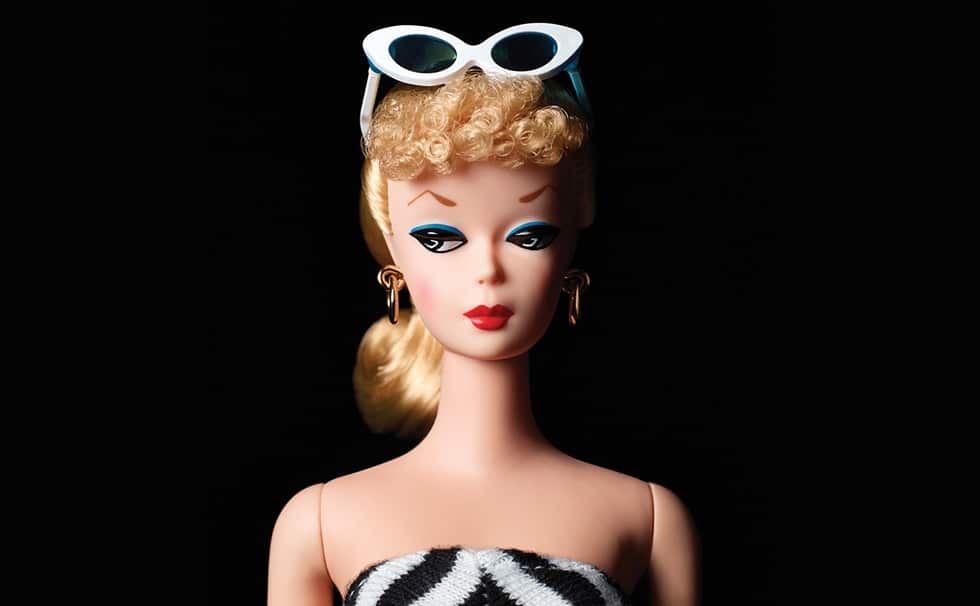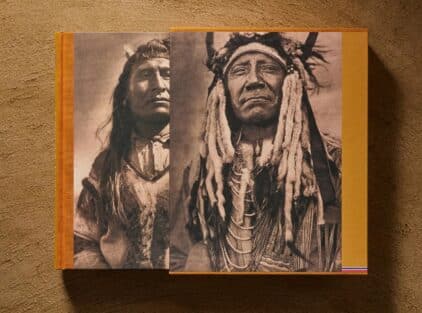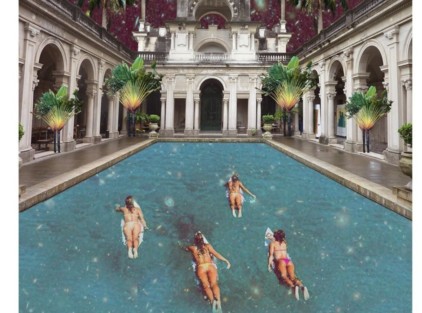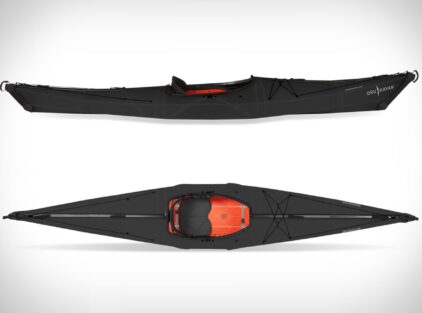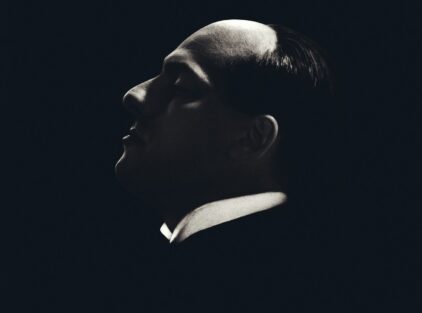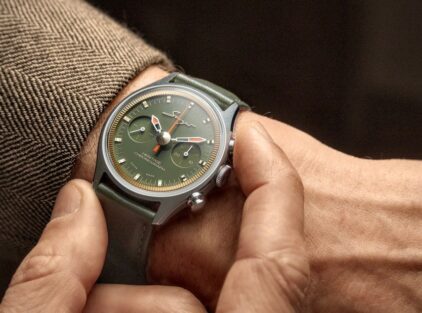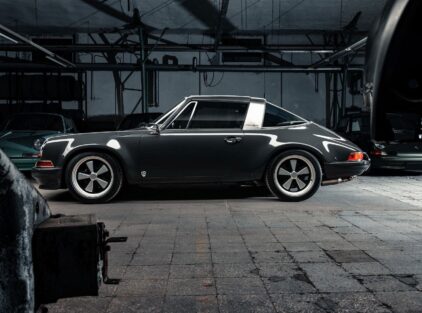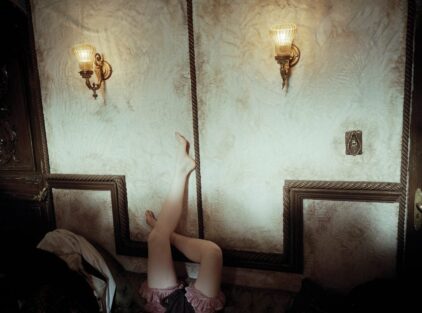You do not need to be a Barbie fan to enjoy the Design Museum’s latest exhibition, which marks the doll’s 65th birthday. This major new show takes a deep dive into the doll’s design evolution, from first launch in 1959 to present day, charting its changing appearance in relation to cultural shifts, as well as its ability to tap into the zeitgeist. On view are more than 250 objects, with highlights including a rare first-edition Barbie, a one-of-a-kind Talking Barbie prototype, the bestselling Totally Hair Barbie, and the Barbie that was taken into space by Italian astronaut Samantha Cristoforetti, exhibited in public for the first time ever.
The exhibition was designed by London studio Sam Jacob, which has worked on projects for the likes of the Science Museum, the V&A, RIBA and Somerset House. Like entering a giant Barbie house, the backdrop is bright and bold, in candy pinks, blues and greens. The show opens with a first-edition hand-painted Barbie sporting a black-and-white bathing suit, a model highly-sought-after by collectors. A timeline presents important moments in Barbie’s accomplished life, a round-up that encompasses Oscar de la Renta being the first couturier to design her outfits (in 1985) and being painted by Andy Warhol (in 1986), and there are behind-the-scenes insights into Mattel’s design and production processes.
More than 180 unique dolls are on display, charting Barbie’s evolution in shape, style, innovation, diversity and representation. There are also examples of the first Black, Hispanic and Asian dolls to bear the Barbie name, as well as the first Barbie with Down syndrome, the first to use a wheelchair, the first designed with a ‘curvy’ body shape, and pregnant Barbie. And there’s a bit of Kenergy too as one wall charts six decades’ worth of Ken dolls since his introduction in 1961.
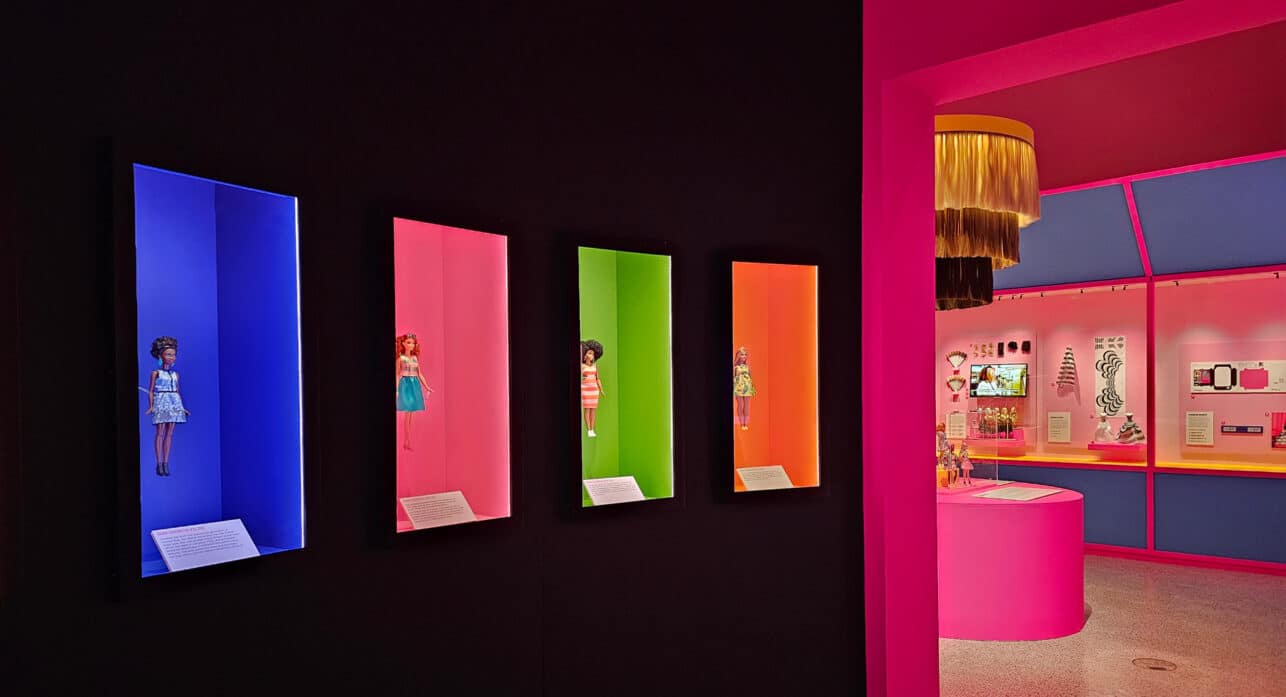
The Barbie doll was launched in 1959, thanks to Ruth Handler, the co-founder and first president of the Mattel toy company, who identified a gap in the market for a doll that resembled a woman rather than a baby. Its initial popularity took the toy industry by surprise, with more than 300,000 Barbie dolls sold in 1959 alone. But ever-adept at building on its brand visibility, Mattel would continue to evolve the doll to reflect changing cultural landscapes, creating new versions and accessories, and augmenting the toy with merchandise ranging from novels and comic books to thermos flasks and record players.
In 2023, Barbie made it on to Forbes’ list of the world’s most powerful women. Not surprising when you consider that when she launched, in 1959, women couldn’t borrow money from a bank or even open an account without the signature of a husband or father. Barbie, meanwhile, has had more than 260 careers, including architect, surgeon, astronaut and presidential candidate, and a high-end wardrobe reflecting six decades of fashion. She was intended to be a thoroughly modern woman that could both reflect and inspire aspirations, teaching a new generation of girls to aim for a life and career beyond marrying and raising children.
Barbie didn’t just have a great wardrobe, she had a great lifestyle too, and the exhibition’s jaw-dropping moment comes as you enter the Barbie universe, filled with her houses, holiday cabins, cars, camper vans, pools, furnishings and more.
Barbie®: The Exhibition is on view at the Design Museum from 5 July 2024 – 23 February 2025
224-238 Kensington High St
London W8 6AG
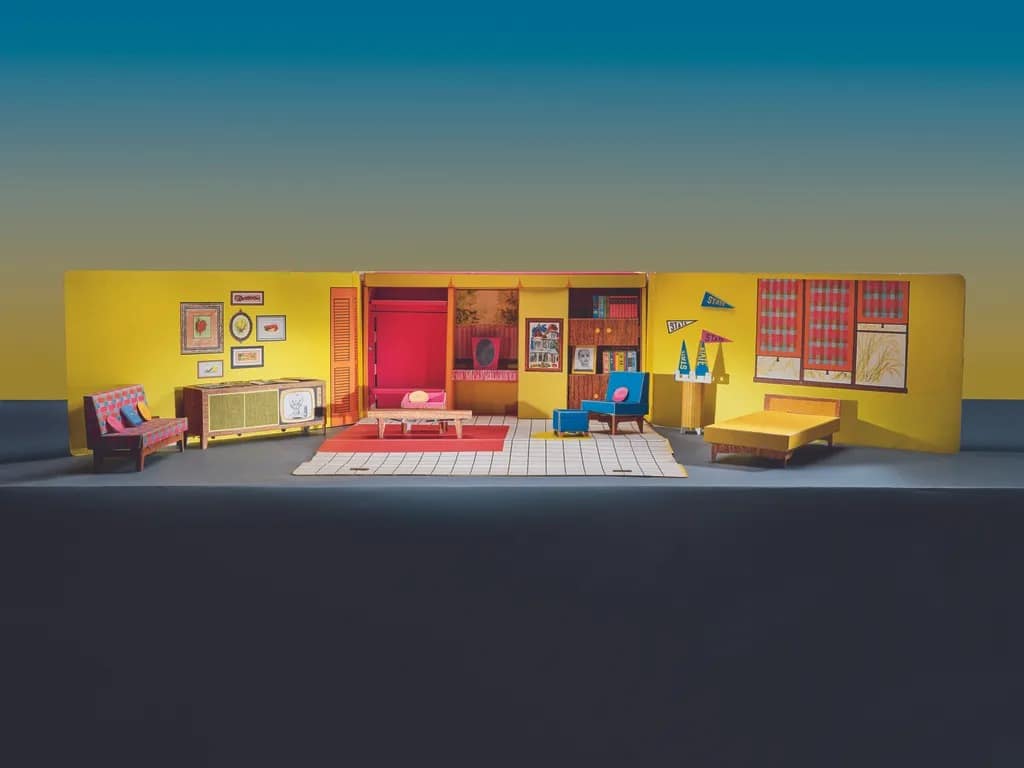
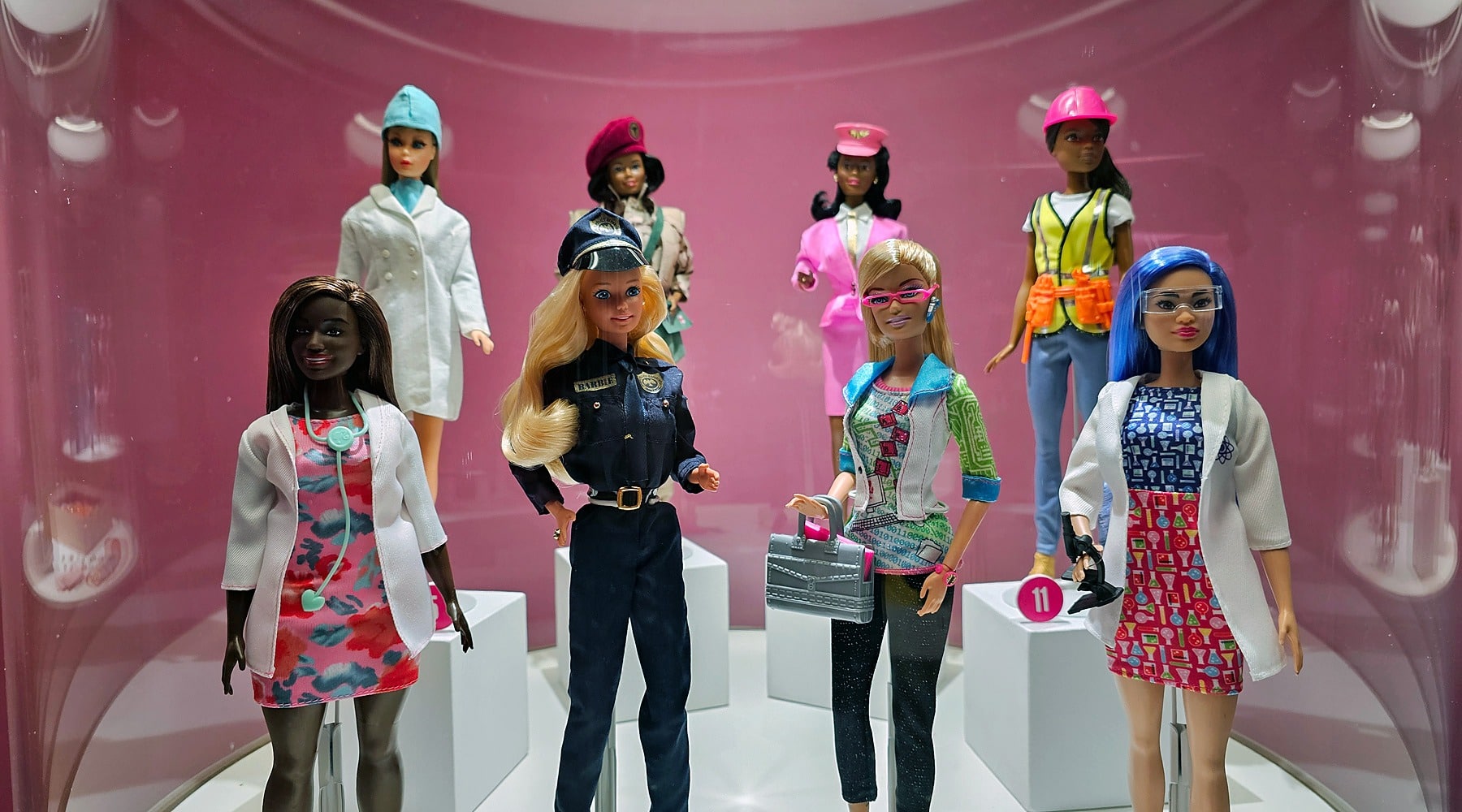
Photos by Jo Underhill, Courtesy Design Museum
